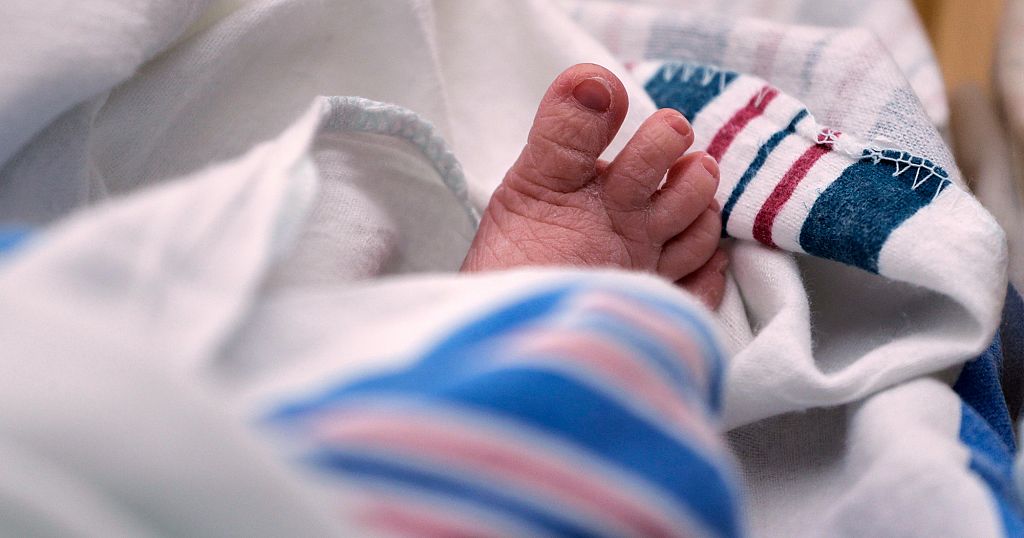The United States has recorded its lowest-ever fertility rate, with women having an average of 1.599 children over their lifetimes, according to new data from the Centers for Disease Control and Prevention (CDC). This figure falls well below the 2.1 births per woman required to sustain a stable population without immigration—a threshold known as the “replacement level.” The decline, part of a decades-long trend, underscores shifting priorities and pressures facing younger generations.
“This is the lowest fertility rate observed in U.S. history, and it raises questions about how societal challenges are shaping family planning decisions,” said Karen Guzzo, director of the Carolina Population Center at the University of North Carolina. Analysts attribute the drop to multiple overlapping factors, including financial instability, housing affordability crises, healthcare costs, and climate-related anxieties. “When people are worried about their economic future or the state of the world, starting or expanding a family often feels untenable,” Guzzo noted.
While total U.S. births saw a marginal rise to just over 3.6 million in 2024, researchers clarified this uptick stems from demographic changes—such as a larger population of women in peak childbearing years—rather than increased fertility. Birth rates for women in their 20s and early 30s, who historically account for the majority of births, continued to fall. By contrast, rates for women in their late 30s and early 40s remained stable, reflecting a broader trend of delayed parenthood.
Political efforts to address the decline, including proposals by the Trump administration for “baby bonuses” and expanded IVF access, have drawn mixed reactions. Guzzo, among other experts, argued such measures fail to address systemic barriers. “One-time payments or fertility treatments don’t resolve everyday struggles like securing paid leave, finding affordable childcare, or balancing work and family life,” she said.
Demographers emphasize that lower fertility rates align with global patterns in industrialized nations, where education, career opportunities, and delayed marriage increasingly shape reproductive choices. While some policymakers frame the trend as a looming crisis, analysts caution against alarmism, noting that immigration and societal adaptations could mitigate long-term population declines. Still, the disconnect between existing policies and the realities faced by potential parents continues to fuel public discourse.
As debates unfold, the data highlights a societal inflection point: economic and environmental uncertainties are reshaping traditions around family-building, with implications for workforce dynamics, healthcare systems, and intergenerational support structures. How governments respond to these evolving realities—and whether policies can align more closely with the needs of families—remains an open question.
